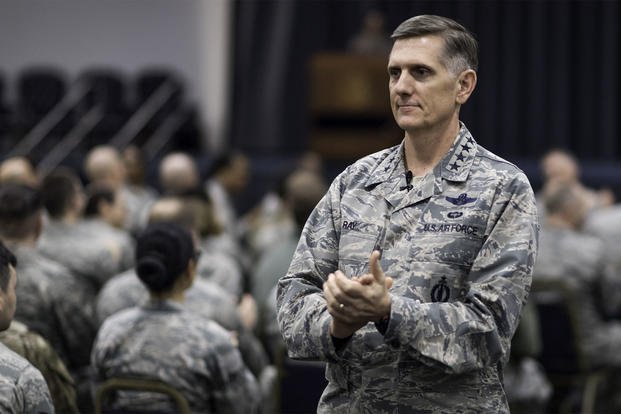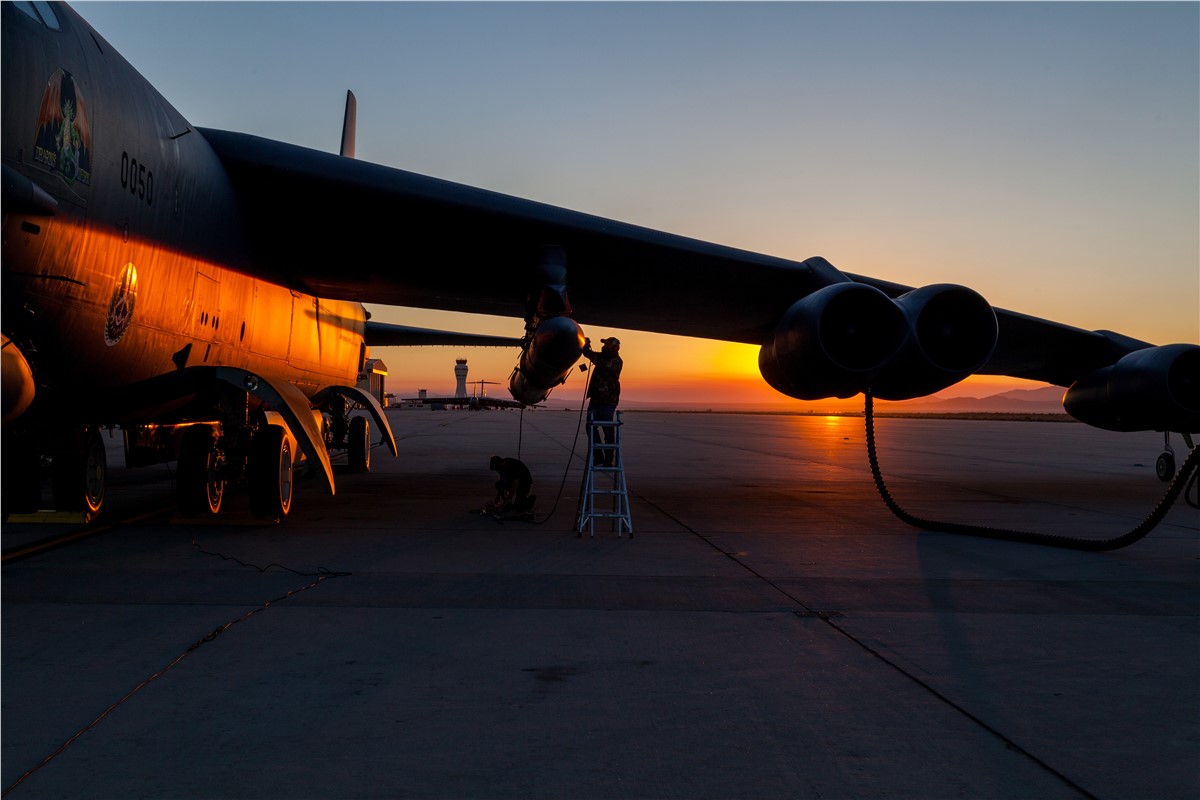- Joined
- 11 February 2010
- Messages
- 1,650
- Reaction score
- 2,702
Looking forward for some new "Mk-xx" launchers.

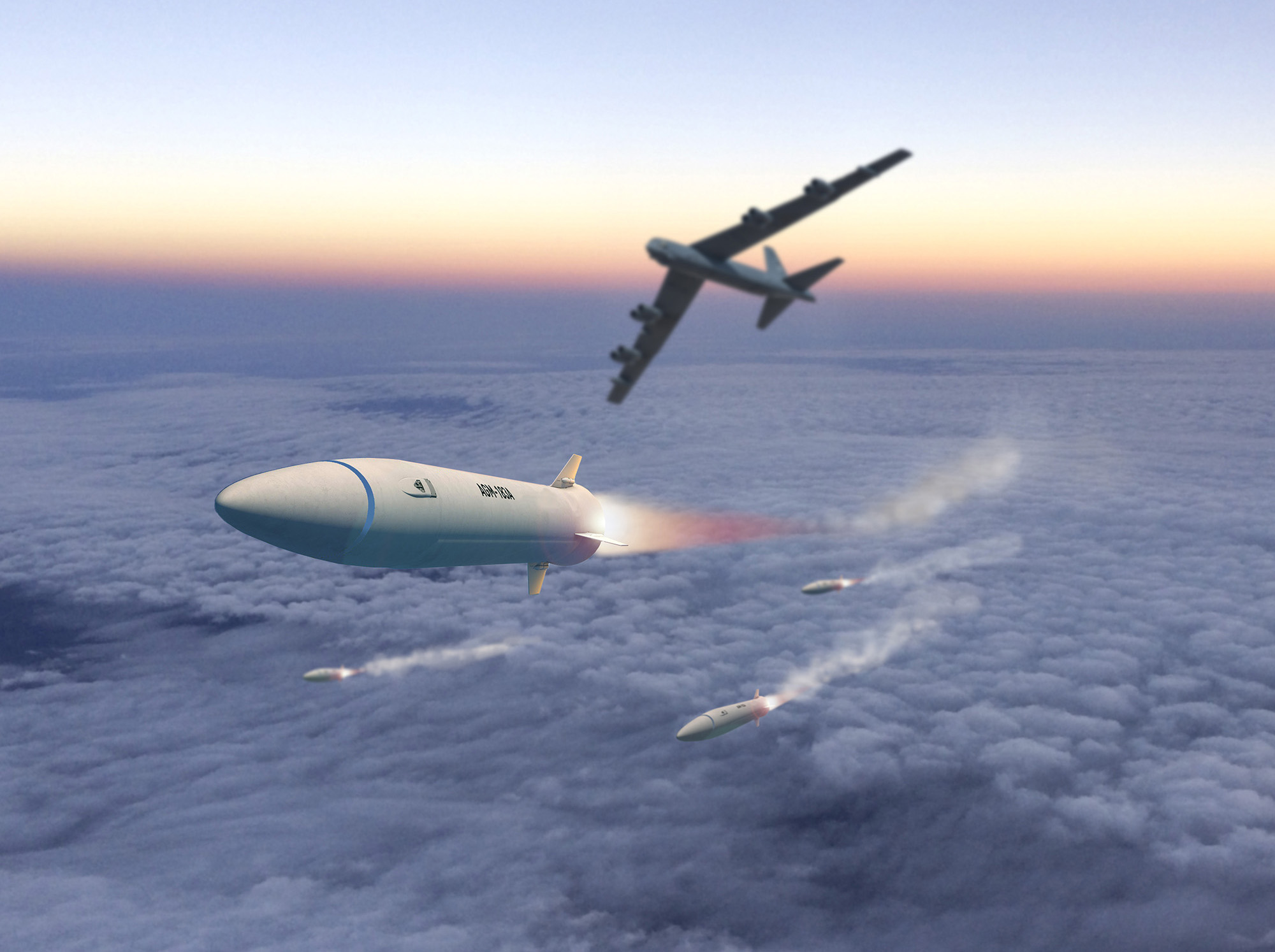
Hah.Program cancelled as "too risky" in 3...2...1
Five bucks says Airman Nomnuts didn't hook it up right, or the pylon it was on wasn't wired properly.Hah.Program cancelled as "too risky" in 3...2...1
The good news is the missile didn't fire, so they still have the test article to go back and try again once they figure out what went wrong.
So where's the checklist? Where's the two sets of eyes on this thing? It's not THAT hard to do.Five bucks says Airman Nomnuts didn't hook it up right, or the pylon it was on wasn't wired properly.Hah.Program cancelled as "too risky" in 3...2...1
The good news is the missile didn't fire, so they still have the test article to go back and try again once they figure out what went wrong.
Its happens fair often apparently in training...
Absolutely when it's blue suit maintenance, contract off of the street, not so much...not speaking from experience or anything like that...So where's the checklist? Where's the two sets of eyes on this thing? It's not THAT hard to do.
Other countries seem to manage. The US seemed to manage in the past. There's nothing magic about flight testing. Is it complex? Sure. Lot's of things are. That's what check-lists and checking and re-checking are for. Not speaking from experience or anything like that. . .Absolutely when it's blue suit maintenance, contract off of the street, not so much...not speaking from experience or anything like that...So where's the checklist? Where's the two sets of eyes on this thing? It's not THAT hard to do.
If by other countries you mean China and Russia, then good on you for believing Pravda and China Daily. The US managed quite well when experienced guys in uniform did the maintenance and BB stacking. No so much when we switched to contract maintenance because guys in uniform were too expensive, I was there when that killed a pilot and severely injured the Nav. who was supposed to come to my squadron.Other countries seem to manage. The US seemed to manage in the past. There's nothing magic about flight testing. Is it complex? Sure. Lot's of things are. That's what check-lists and checking and re-checking are for. Not speaking from experience or anything like that. . .Absolutely when it's blue suit maintenance, contract off of the street, not so much...not speaking from experience or anything like that...
Ah, so everything is propaganda and those two has nothing working in reality?If by other countries you mean China and Russia, then good on you for believing Pravda and China Daily.
If by other countries you mean China and Russia, then good on you for believing Pravda and China Daily. The US managed quite well when experienced guys in uniform did the maintenance and BB stacking. No so much when we switched to contract maintenance because guys in uniform were too expensive, I was there when that killed a pilot and severely injured the Nav. who was supposed to come to my squadron.Other countries seem to manage. The US seemed to manage in the past. There's nothing magic about flight testing. Is it complex? Sure. Lot's of things are. That's what check-lists and checking and re-checking are for. Not speaking from experience or anything like that. . .Absolutely when it's blue suit maintenance, contract off of the street, not so much...not speaking from experience or anything like that...
Basic blue suit maintenance is more than checklists, it's a system. Those highly experience guys went through 8 weeks of basic, then 6-12 months of tech school depending on their specialty and at that point they were three levels. They show up to their given airframe with a blank 623, and can't touch an aircraft unsupervised. Over the next 18 months they must attend local training, demonstrate proficiency on all of their tasks in the 623 and may not do any task unsupervised that wasn't signed off in their 623. After all tasks are signed off, then they have to pass their end of course exam at a 90-95% bar to receive their five level. Now they are trusted to do their job unsupervised, but any safety of flight task is inspected and signed off by a seven level. After several years when the five level makes SSgt they begin a similar, but more rigorous upgrade to get their seven level. That's just the normal day to day maintenance at any operational base.
Before ED went contract, all of those five and seven levels were experienced folks, not brand new and no three levels. The difference with flight test was in the best case they had a draft TO for whatever new was put on the aircraft. It wasn't uncommon that they would be the ones developing a TO. So yes it is a bit different than normal and there's a whole level of training and discipline from someone just off the street usually doesn't have.
Now from a test conduct and aircrew perspective it's way more than just checklists and re-checking, there's a system that took 50-60 years to build when I was there that consisted of training, organization, and many barriers set up to keep the swiss cheese from lining up. When I was there a seemingly insignificant lapse in judgement/discipline killed a test pilot. I'm alive today because of my test pilot's special training. While I was at ED it was easy to dismiss the robustness of the system as this stuff is not that hard, until I started working in another industry with supposedly robust barriers to see that is was. Now this could be something particular to where our general culture is here in the US today, because I've gotten to work with a lot of Canadians and Europeans who seem to be able to take people off the street and instill that level of discipline.
Excellence requires vigilance, a willingness to work hard to sustain it and doesn't much to lose it.
Let's drop the fixation with checklists, it's only 5-10% of the test part, the test part is usually only a small part of the maintenance part. Now SOP, is SOP for line operations, but test flight for the most part involves flying outside of SOP, either because it isn't yet written or the safety margins are being confirmed so you fly to the margin past the limit.And after all that they still use check-lists. BTW, I never said check-lists were the ONLY factor. If they're not followed, or incomplete, or inadequate, they're useless. And that's why they're reviewed, ideally by all the players involved. But if after reviews, trial runs, check-list reviews, etc. and you STILL have a, "whoops, forgot to pull a "Remove Before Flight" flag that flushes millions of dollars down the toilet, yeah, somebody needs to be sh-t-canned. Probably multiple somebodies. Not defended.
It's literally in the second sentence: "I never said check-lists were the ONLY factor." And really, you only proved my point: all that time and money only to fail due to a bone-headed mistake should cost some people their jobs. Not everybody feels that way of course. That's how we continue to get these kinds of mistakes.Let's drop the fixation with checklists,And after all that they still use check-lists. BTW, I never said check-lists were the ONLY factor. If they're not followed, or incomplete, or inadequate, they're useless. And that's why they're reviewed, ideally by all the players involved. But if after reviews, trial runs, check-list reviews, etc. and you STILL have a, "whoops, forgot to pull a "Remove Before Flight" flag that flushes millions of dollars down the toilet, yeah, somebody needs to be sh-t-canned. Probably multiple somebodies. Not defended.
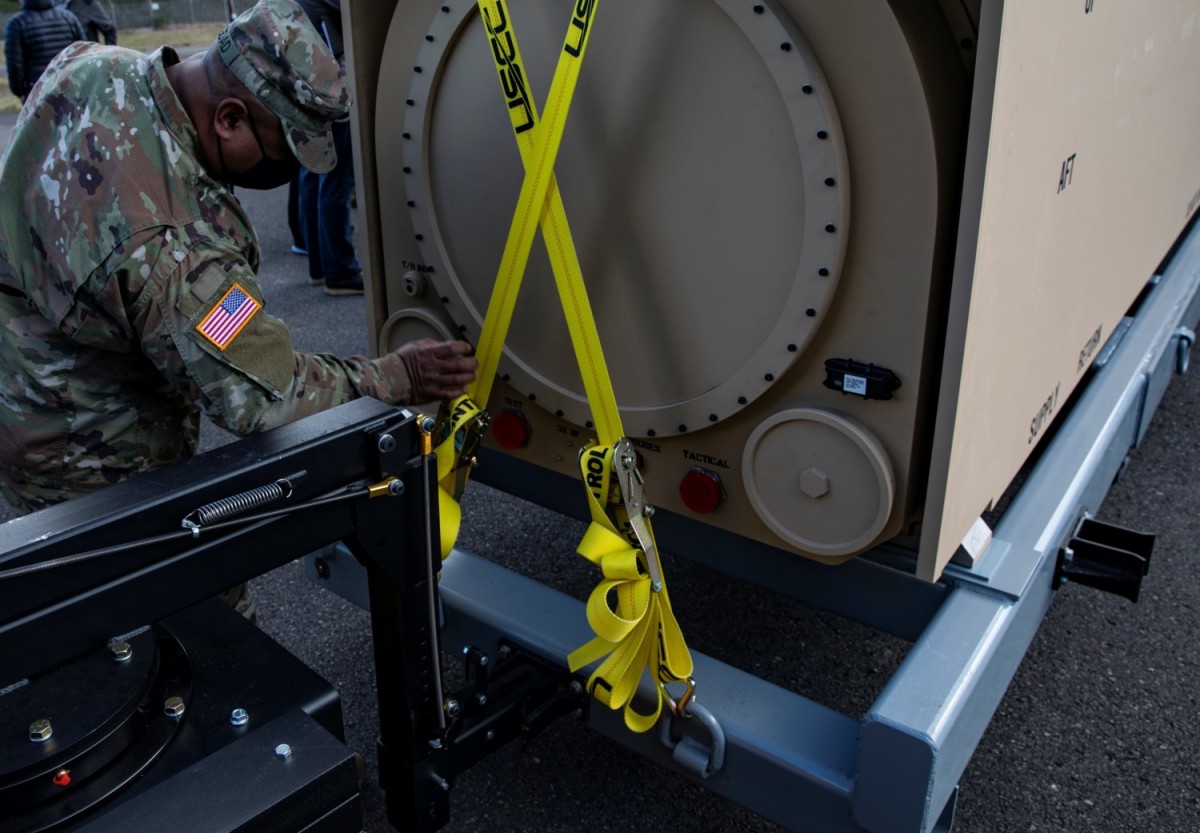
And I was hoping Coach Orgeron had another amazing QB with a railgun arm for the Southeastern Conference. Geaux Tigahz!As an Investment Banker I see SEC and thought now the Securities and Exchange Commission is involved in hypersonics
SEC team adds expertise to hypersonic weapon development
FORT SILL, Okla. –A small group of software engineers with the Software Engineering Center, of the U.S. Army Communications-Electronics Command, are wor...www.army.mil

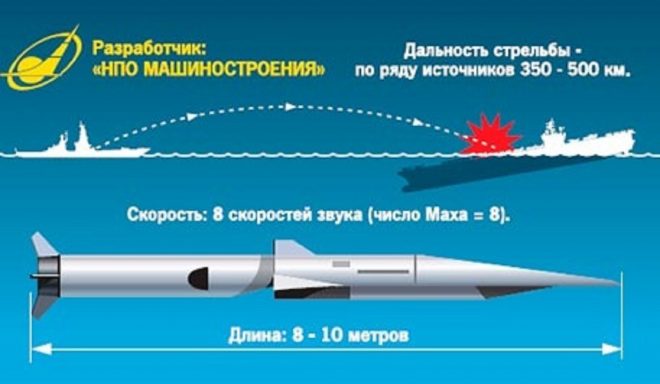
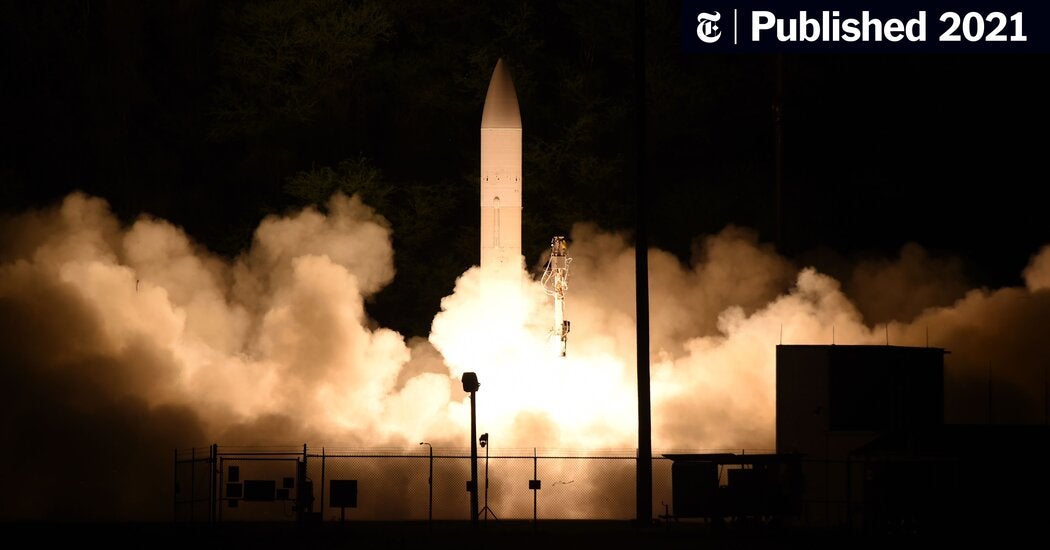
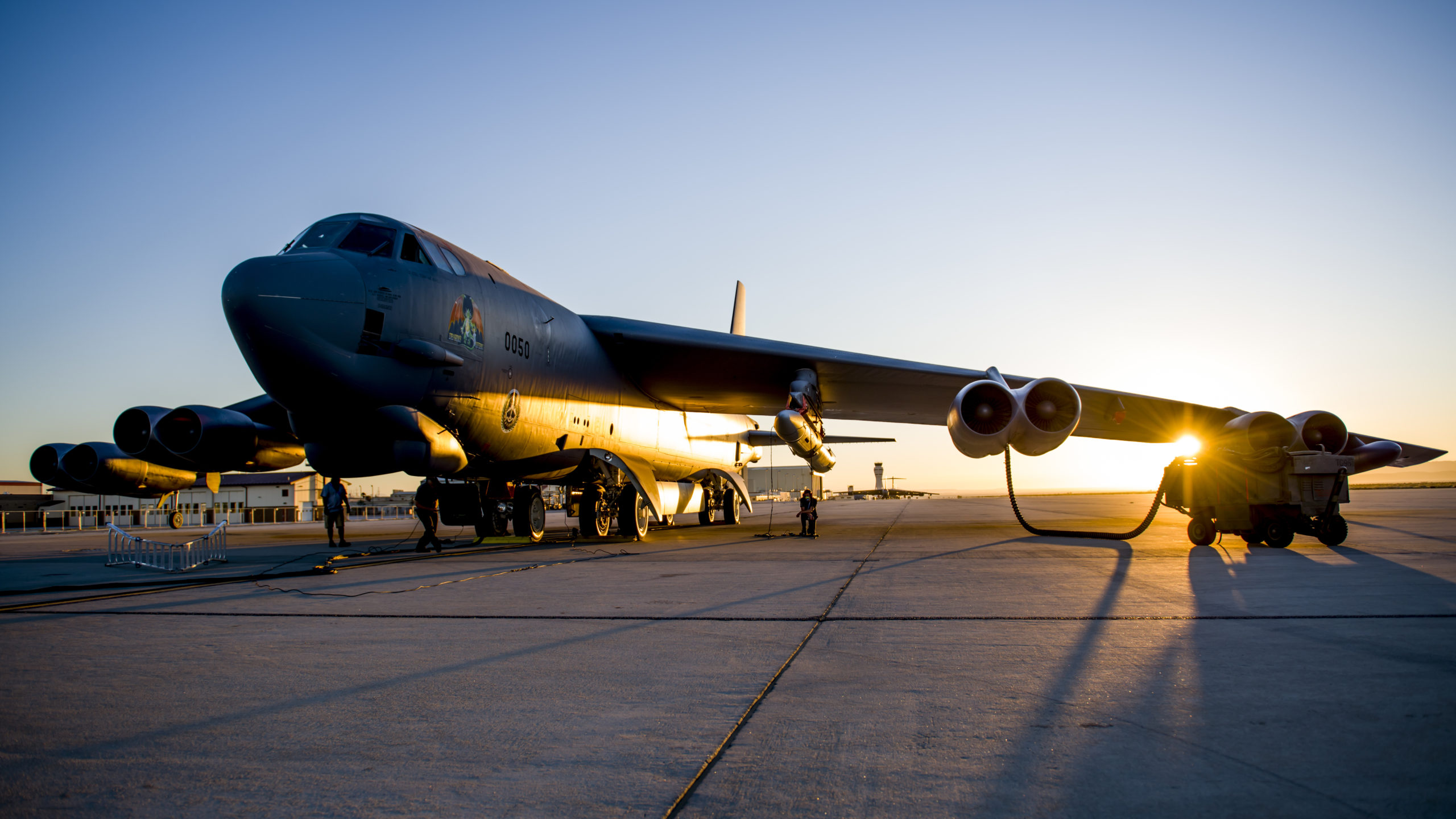
It's strange , seems like they had tested a working missile . maybe a prototype in black world ?Now just need a working missile
B-52 Demos Hypersonic Missile Kill Chain at Northern Edge Exercise | Air & Space Forces Magazine
A B-52H bomber demonstrated the steps necessary to fire a hypersonic missile at a target during the Northern Edge exercise in Alaska.www.airforcemag.com
Anything is possibleIt's strange , seems like they had tested a working missile . maybe a prototype in black world ?Now just need a working missile
B-52 Demos Hypersonic Missile Kill Chain at Northern Edge Exercise | Air & Space Forces Magazine
A B-52H bomber demonstrated the steps necessary to fire a hypersonic missile at a target during the Northern Edge exercise in Alaska.www.airforcemag.com
I just remember :Anything is possibleIt's strange , seems like they had tested a working missile . maybe a prototype in black world ?Now just need a working missile
B-52 Demos Hypersonic Missile Kill Chain at Northern Edge Exercise | Air & Space Forces Magazine
A B-52H bomber demonstrated the steps necessary to fire a hypersonic missile at a target during the Northern Edge exercise in Alaska.www.airforcemag.com

